Are children really being exposed to dangerous chemicals from their mattresses? We look at the new study causing headlines around the world
Plus, our mattress experts share 5 ways to create a safe, non-toxic sleep environment for your children
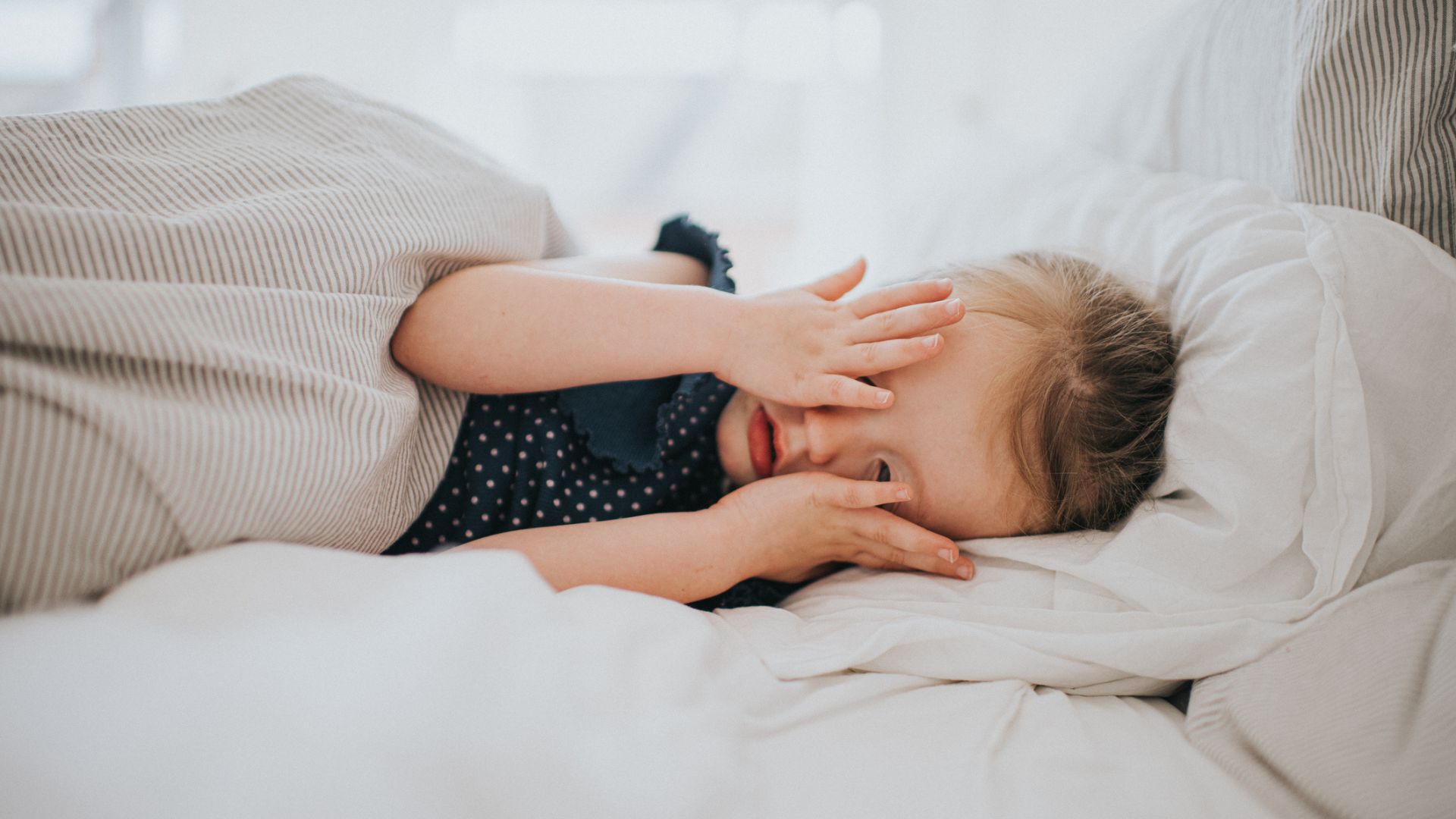
Modern mattresses are strictly regulated and most come with certification to ensure they are free of toxins and harmful chemicals such as formaldehyde and phthalates.
However this week two concerning studies have been published stating that children are breathing in harmful chemicals whilst sleeping and that their mattresses and bedding are to blame.
The studies, published in Environmental Science & Technology Letters, look at children’s (aged one to four years) sleep microenvironments. This includes bedding, mattresses, mattress protectors, pillows, toys and the air around them.
According to the studies, these microenvironments have been found to have dangerously high levels of brain-harming chemicals like SVOCs, and many of the chemicals found can be attributed to the mattresses the children involved in the studies were sleeping on, as well as the bedding they are exposed to.
However not all mattresses are created equal and there are some important things to note about toxin-free mattresses and the type of beds covered in these studies. Here's what you need to know...
Key takeaways
- Children aged 1–4 years are being exposed to elevated levels of semivolatile organic compounds (SVOCs) in their sleeping microenvironment
- Higher concentrations were found in older mattresses
- These chemicals are associated with increased allergic diseases, reduced IQ scores, poor prosocial behavior, and impaired working memory
The reason the chemicals released from mattresses have a higher risk in children than adults is because children ages 0-4 years “typically spend up to 18 h per day in their sleeping microenvironment,” the study says.
Aside from this, children have a much higher inhalation rate than adults, meaning they are much more susceptible to the dangers of SVOC exposure. In fact, the study states they have a “10-fold higher inhalation rate than adults.”
Sign up to get the BEST of Tom's Guide direct to your inbox.
Get instant access to breaking news, the hottest reviews, great deals and helpful tips.
These SVOCs are commonly found in mattresses because they are used as plasticizers (that add flexibility to a mattress), stain repellents (like waterproof covers commonly found in mattress protectors) and flame retardants.
The reason they pollute the environment they are in is because they are not chemically bonded to the mattress materials, so they evaporate into the air.
They are also responsible for off-gassing, the chemical smell released by a new foam mattress. However, it's important to note that if you've invested in one of this year's best mattresses, it's likely undergone extensive testing and used high-quality materials to prevent this issue.
The study and its companion study set out to find out the extent of the exposure to these pollutants that children were experiencing.
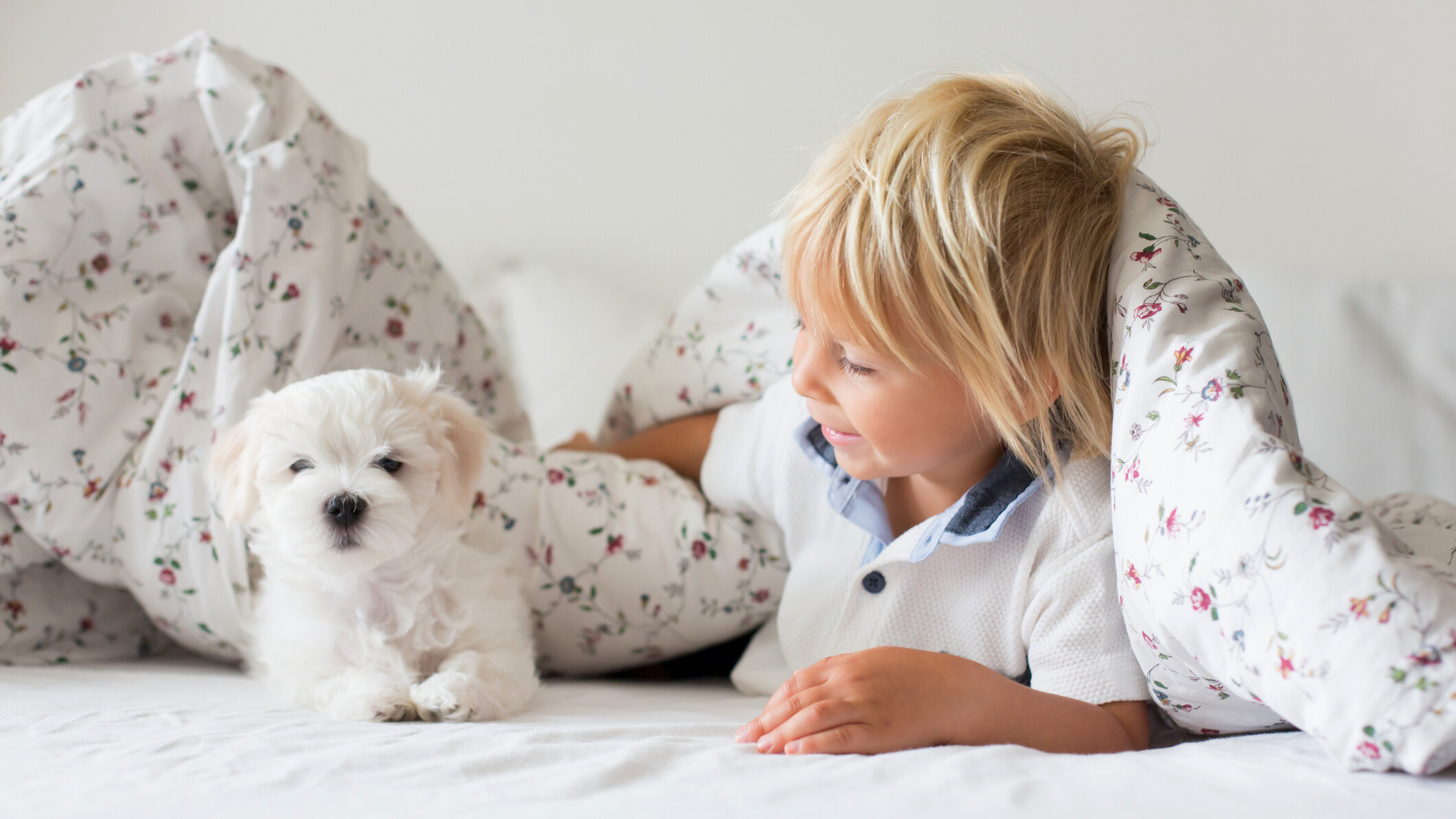
The first method recruited 21 parent participants with 25 children participants aged 6 months to 4 years from Canada. Samplers to test the level of these chemicals were hung in the air and placed on the mattress and under the bedsheet.
The second tested 16 new children’s mattresses, consisting of foam from major North American retailers. They were priced between $50 and $105 CAD to represent a realistic price range.
Young children are exposed to elevated levels of SVOCs
The beds were tested for common SVOCs at normal temperature, and then retested when heat and weight were applied to the mattress to simulate a child sleeping.
The results indicated overwhelmingly that “young children are exposed to elevated levels of SVOCs.” In fact, the study states that “emissions and DFs were significantly higher with the application of heat, weight, and a combination of both compared to measurements taken at room temperature and no weight.”
They also found that the older the mattress was, the higher the levels of these chemicals. This could be explained by the natural ageing process of foam that leads to higher emissions.
But what are these chemicals? And does that mean all foam mattresses are toxic? Let’s take a closer look…

The harmful chemicals released by mattresses
The study detected 21 SVOCs in four classes (ortho-phthalates, organophosphate esters, benzophenones, and salicylates) in the mattresses.
According to the results, “one mattress exceeded the Canadian regulatory limit of 0.1% (by weight) for children’s mattresses for di-n-butyl phthalate (DnBP), while five had >0.1% diisobutyl phthalate (DiBP), di-n-octyl phthalate (DnOP), and diisononyl phthalate (DiNP), which are regulated in children’s toys but not in mattresses.”
Shockingly, the study also states that “one mattress contained high levels of tris(2-chloroethyl) phosphate (TCEP), which has been prohibited from use in Canada since 2014.”
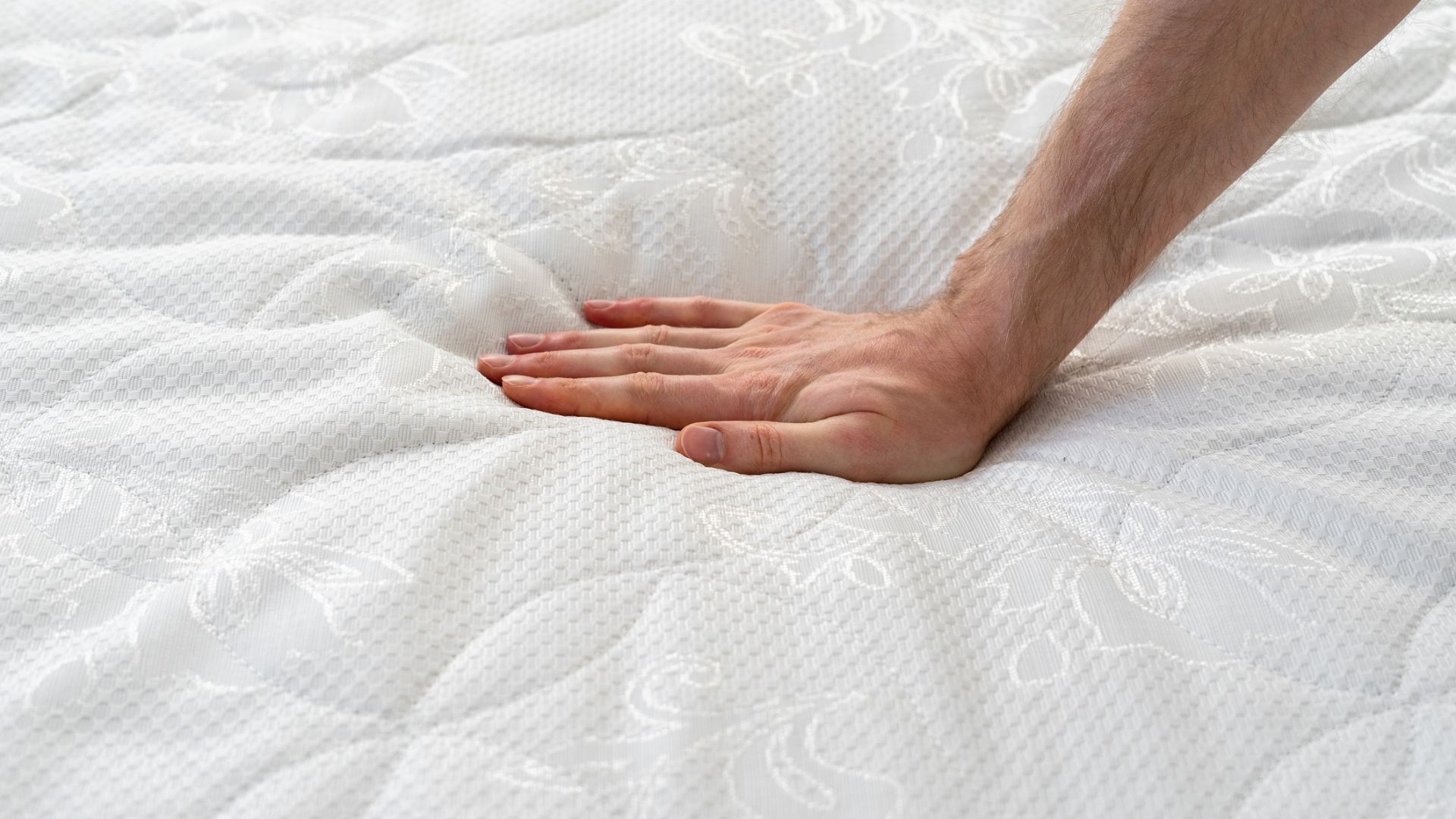
While it might be tricky to understand exactly what this means, after all, we’re not scientists, the dangers are easier to understand. SVOCs are associated with increased allergies like asthma, as well as impacting children’s brain health.
This includes a link between exposure to these chemicals and “reduced IQ scores, poor prosocial behavior, and impaired working memory.”
“These results are particularly concerning given the substantial amount of time children spend sleeping each day, their tendency for higher exposures and increased susceptibility to harm due to their developmental stage,” the authors of the study explained.
5 ways to create a safe, non-toxic sleep environment
Before you begin to panic, there are plenty of ways to ensure your children are sleeping in a safe, non-toxic and natural environment.
1. Check mattress certifications
Not all foam is toxic. If you do opt for a foam mattress, choose one with Certi-PUR US certified foams. This means the material used has been tested for dangerous levels of VOCs.
You can also look for other mattress certifications like GREENGUARD gold, Eco-INTITUT and OEKO-TEX, which means a mattress has been cleared for low levels of indoor pollution.
A mattress that uses natural materials will not contain any harsh chemicals, which means they also won’t pollute your sleep environment. These are safe, gentle and naturally hypoallergenic materials. The best organic mattresses use materials like GOTS certified cotton and wool, and GOLS certified latex.
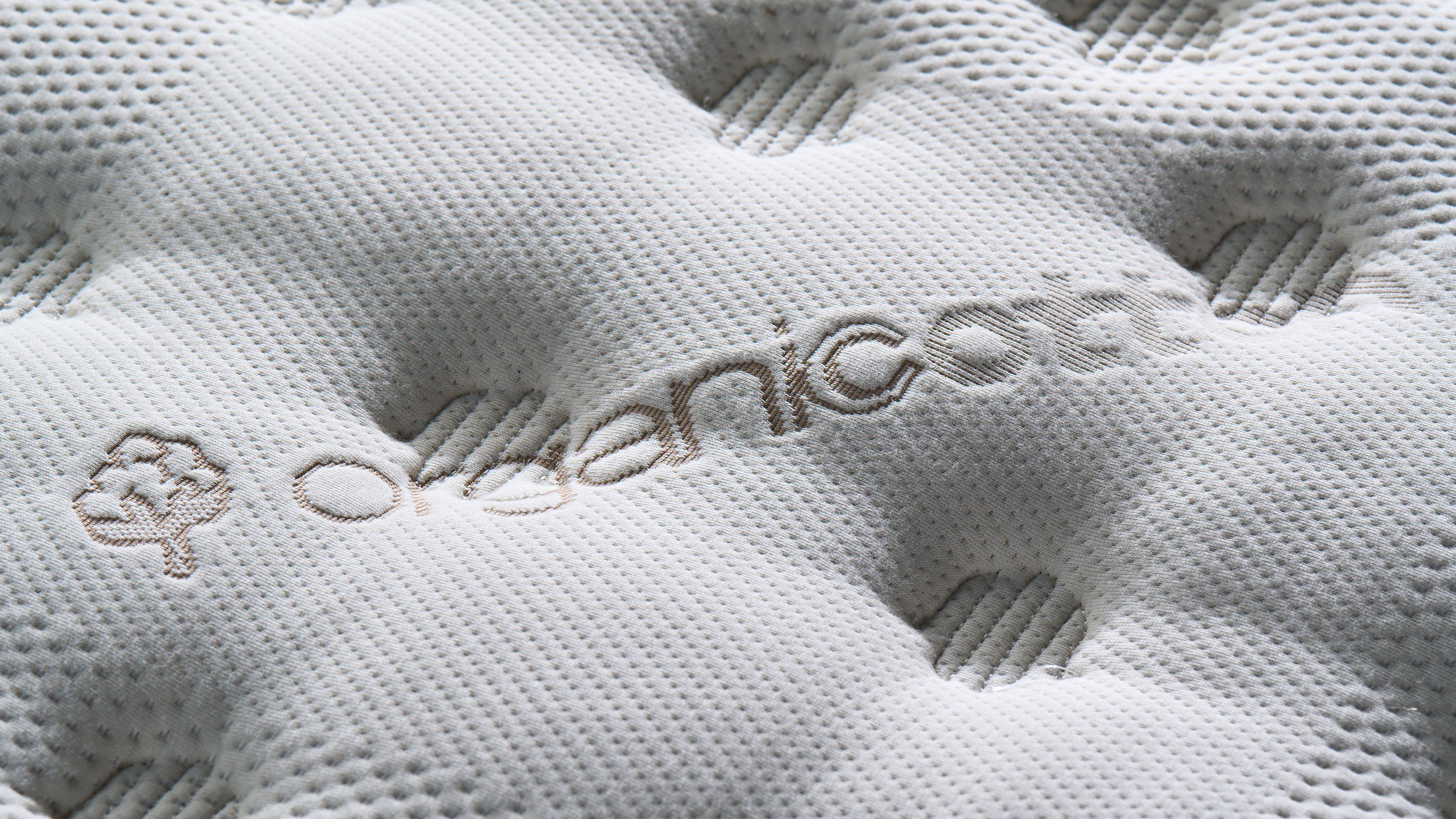
2. Wash your bedding frequently
The study advises that “parents can adopt practices such as frequently washing bedding items and children’s clothing which can act as barriers to SVOC exposure,” to prevent dangerous levels of pollutants.
Ideally, you should wash bedding once a week. This should be enough to maintain good sleep hygiene as well as reducing the risk of SVOC exposure.
3. Choose pillows and comforters made from natural materials
Aside from keeping a regular cleaning schedule, ensuring the bedding used in the first place is high-quality and safe is important.
The best pillows will have similar certifications to mattresses, and opting for natural materials like cotton and wool for comforters and sheets will reduce the risk of breathing in harmful pollutants.
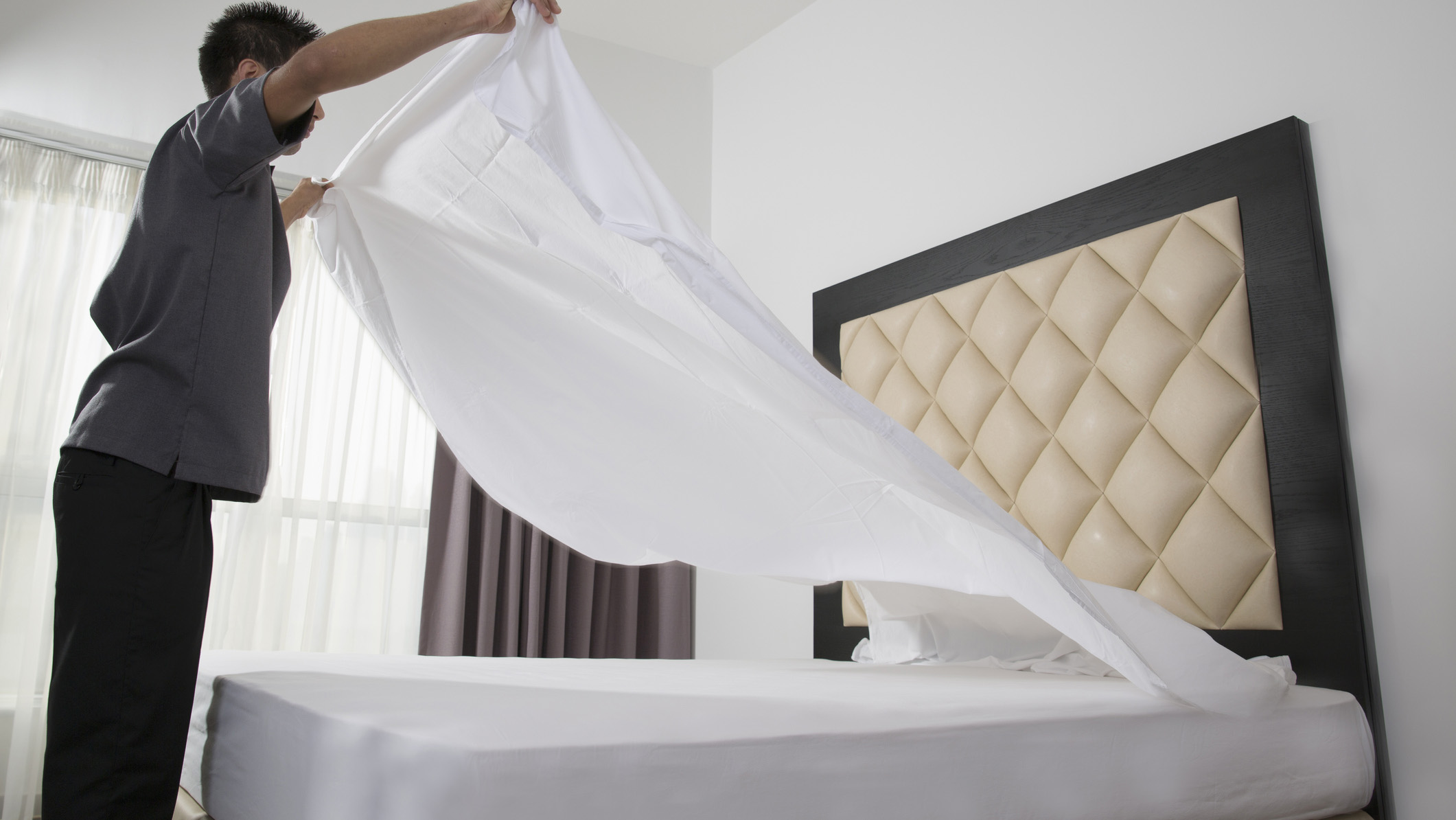
4. Declutter your bedroom
The study also recommends “minimizing the number of items in the bed.” This is because the research found a correlation between the presence of bedding items, toys and mattress protectors with concentrations of certain SVOCs.
Keeping a minimalist bedroom will also help if you experience allergies. With less areas where dust can accumulate, you’ll reduce the amount of dust overall in your bedroom (and therefore, dust mites.)
A clean, tidy and uncluttered bedroom is also a much better environment for sleep. You’re likely to find it easier to fall asleep if your bedroom is less busy, leading to a calmer mind.
5. Choose an organic mattress protector
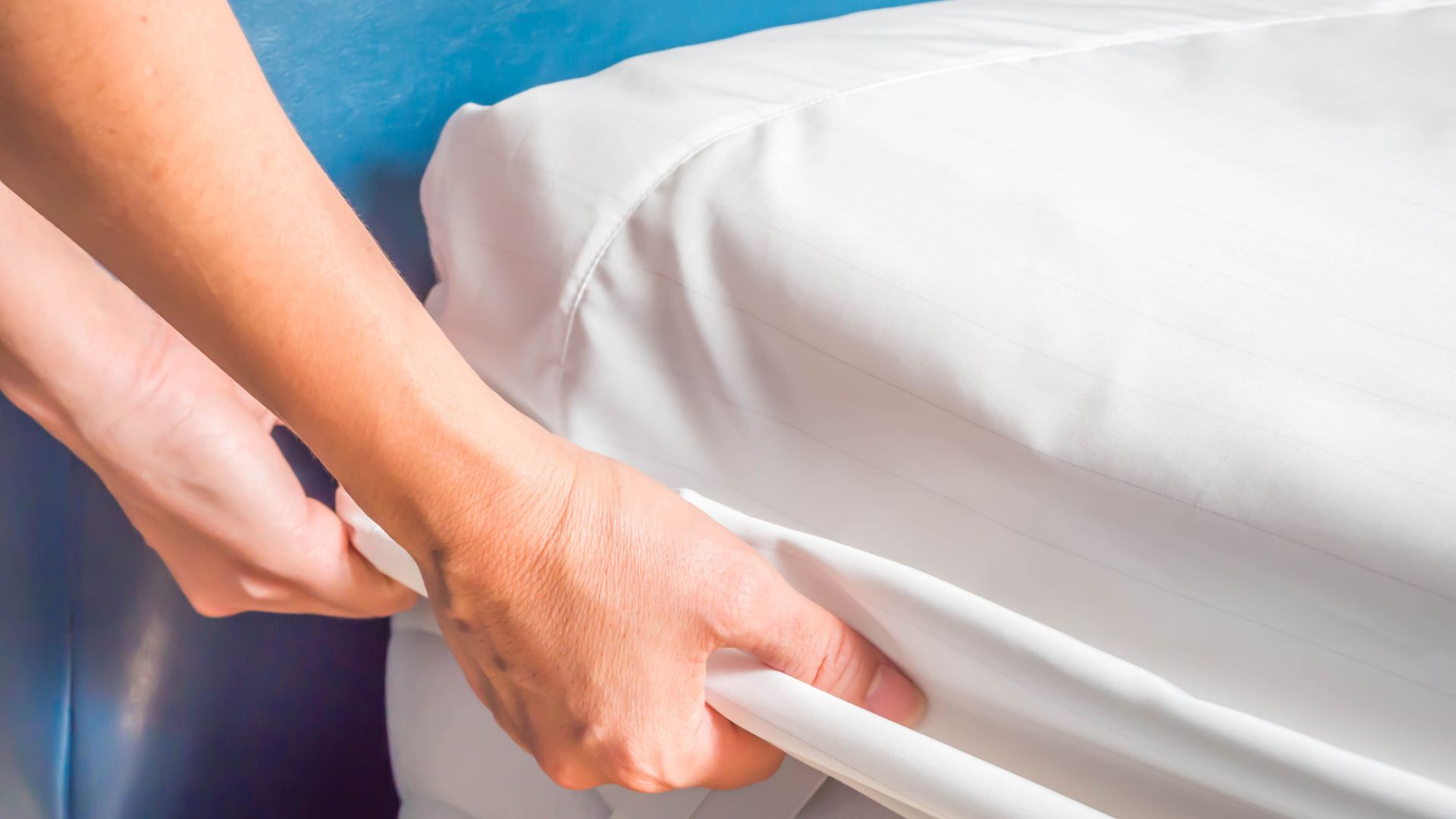
The study found that mattress protectors were a key pollutant in the bedroom. “often used as waterproof barriers, [mattress protectors] may contain additional chemicals of concern,” the research states.
When choosing the best mattress protectors for you and your family’s beds, choosing those made from organic materials will eradicate the risk of introducing pollutants into your home.

Lauren is an experienced writer and editor in the health and lifestyle industry and has led many campaigns and projects that deliver news, advice, and research on all things sleep. As the Sleep Features Editor for Tom’s Guide, Lauren writes, commissions and edits sleep and mattress content, from in-depth how-tos in sleep and mattress health to interviews with doctors and neuroscientists on the latest news in sleep. Lauren regularly tests new sleep tech and accessories to evaluate their effectiveness for getting good quality sleep and easing specific sleep struggles like nighttime anxiety. Alongside this, Lauren reports on the best mattress brands out there, like Helix, Saatva, and DreamCloud, helping readers find the right mattress for them and the best deals on them.
You must confirm your public display name before commenting
Please logout and then login again, you will then be prompted to enter your display name.
